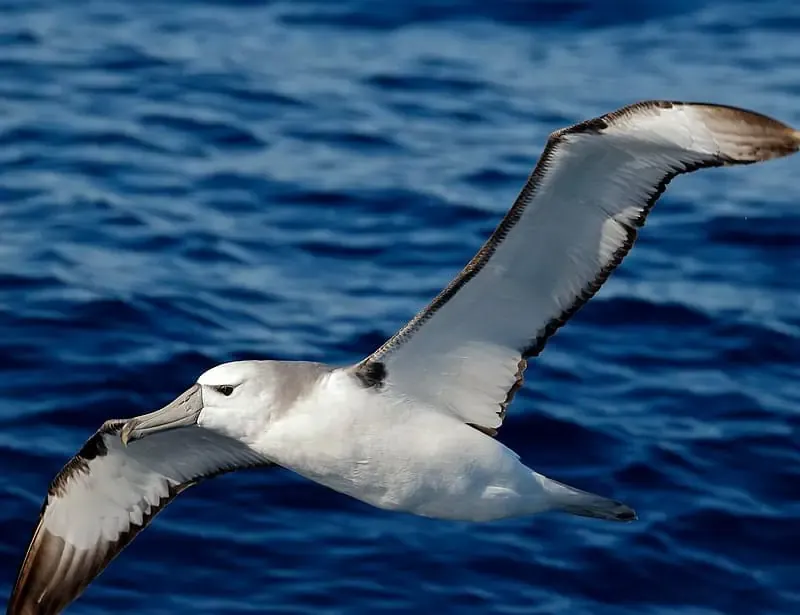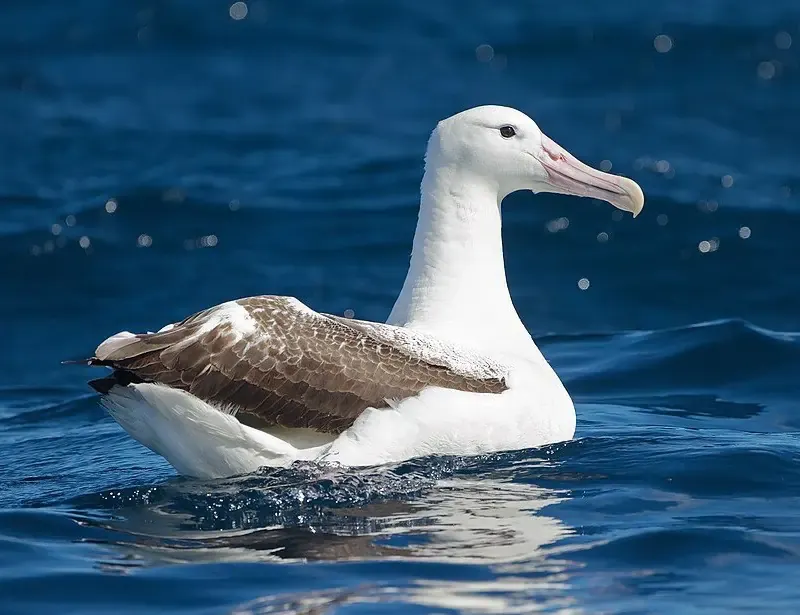Fascinating Facts About Albatrosses

Graceful, enduring, and mysterious, the albatross is one of the most iconic seabirds on Earth. With their incredible wingspans, oceanic lifestyle, and remarkable flight abilities, albatrosses have inspired sailors, poets, and scientists for centuries. These majestic birds are not only symbols of freedom but are also ecological indicators of ocean health. This article explores everything you need to know about albatrosses—from their biology and behavior to their cultural importance and conservation needs.
1. Unmatched Wingspan
The wandering albatross boasts the longest wingspan of any living bird, measuring up to 3.5 meters (11.5 feet).
- These wings enable dynamic soaring, letting them glide over ocean winds with little effort.
- They can fly for hours or even days without flapping their wings once.
2. Exceptional Long-Distance Flyers
Albatrosses are some of the most accomplished travelers in the animal kingdom.
- Some species travel more than 120,000 kilometers (75,000 miles) annually.
- A tracked albatross was recorded circling the Southern Ocean in just 46 days.
3. Oceanic Lifestyle
Albatrosses spend 90% of their lives at sea, often not touching land for years at a time.
- They are found primarily in the Southern Hemisphere, with ranges extending to the North Pacific for certain species.
- They sleep while floating on the ocean or gliding on air currents.

4. Diet and Feeding Tactics
Albatrosses are opportunistic carnivores, primarily feeding on:
- Squid, fish, krill, and crustaceans.
- They often follow ships to scavenge discarded fish and waste.
- They have excellent sense of smell—rare among birds—to locate food over vast distances.
5. Courtship and Mating for Life
- Albatrosses perform elaborate courtship dances involving beak tapping, synchronized steps, and vocalizations.
- Most species are monogamous, forming lifelong pair bonds.
- They lay only one egg per breeding season, and both parents incubate and feed the chick.
6. Slow Reproduction, Long Lifespan
- Albatrosses breed slowly, often once every two years.
- However, they live remarkably long lives, averaging 40 to 60 years.
- The famous Laysan albatross named Wisdom is still breeding at over 70 years old, making her the oldest known wild bird.
7. Incredible Navigation Skills
These seabirds navigate vast oceans using:
- Solar position, magnetic fields, wind patterns, and even smell.
- Their homing abilities allow them to return precisely to their nesting islands after years away.
8. Species Diversity
There are 22 recognized albatross species, including:
- Wandering albatross
- Black-browed albatross
- Royal albatross
- Laysan albatross
Each has unique coloration, range, and behavior, but all share similar life strategies.
9. Cultural and Literary Legacy
- Albatrosses feature prominently in seafaring lore and literature.
- In Samuel Taylor Coleridge’s “The Rime of the Ancient Mariner”, killing an albatross brings misfortune—a symbol of burden and guilt.
- Sailors once believed albatrosses were the souls of lost mariners.
10. Threats and Conservation Challenges
Albatrosses face multiple threats:
- Bycatch in longline fishing kills thousands annually.
- Plastic pollution is mistaken for food, often fatal to chicks.
- Invasive species like rats and cats on nesting islands attack eggs and chicks.
- Climate change disrupts food sources and nesting habitats.
Conservation efforts include:
- Bird-friendly fishing practices (e.g., bird-scaring lines and weighted hooks).
- International agreements such as ACAP (Agreement on the Conservation of Albatrosses and Petrels).
- Habitat restoration and island predator eradication programs.

Conclusion
Albatrosses are master aviators, ocean wanderers, and guardians of marine ecosystems. Their beauty and grace in flight are matched only by the fragility of their existence. Through education, responsible fishing practices, and global cooperation, we can ensure that these oceanic giants continue to soar across the world’s skies, untethered and free for generations to come.



